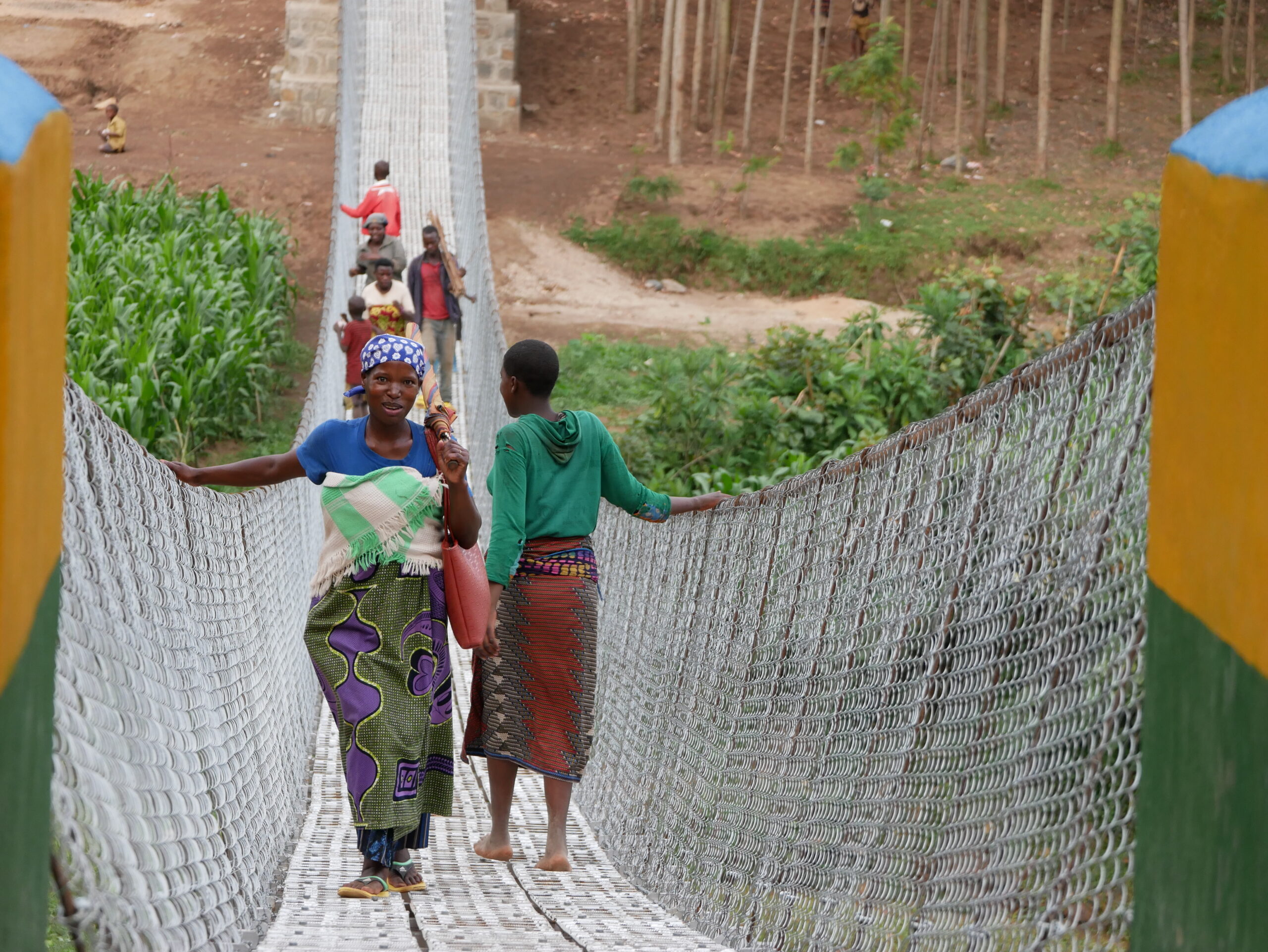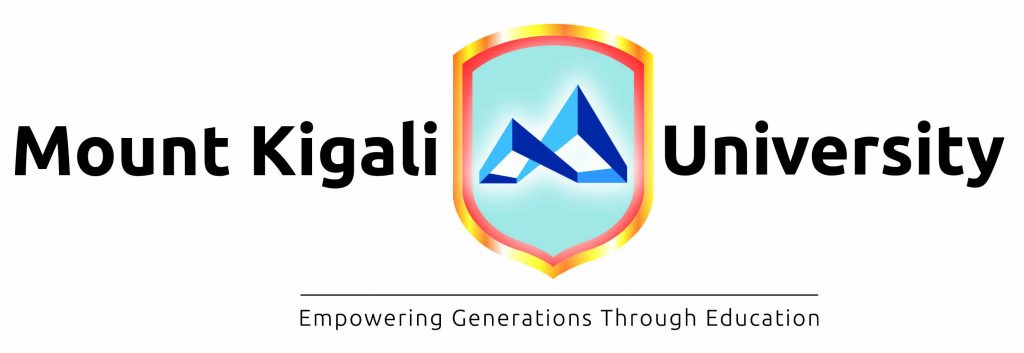For decades, the Rwondo River, a formidable waterway in rural Rwanda, served as more than a physical divide. It separated the communities of Bimba, Kagusa, Ruhanga, Rwangambibi, and Rucunda from their neighbors in Mushubi, all within the Gatare Sector of Nyamagabe District, Southern Province. In dry seasons, villagers risked wading across, goods held high. But during the heavy rains, the Rwondo swelled into an impassable torrent, severing vital links: students from schools, patients from critical healthcare, and farmers from markets, often for extended periods.
Community leaders had long advocated for a bridge, their appeals reaching government officials. While the need was acknowledged, budgetary constraints consistently deferred action. The precarious situation was tragically underscored in the rainy season of 2019 when a local student, Chantal, was tragically swept away while attempting to cross the swollen river. The incident deeply affected the villages, and Chantal’s story quickly gained traction through national news outlets and social media, transforming a local plea into a national imperative.
This tragedy galvanized action. That same year, a pivotal partnership was forged between local authorities, the Rwandan government, and the international non-governmental organization Bridges to Prosperity (B2P), along with international engineers. Crucially, the communities themselves were deeply involved at every stage of the project. Villagers participated in the groundwork, from digging foundations to hauling stones. Children brought water to the construction crews, women prepared meals for the workers, and men assisted in laying the steel. This collective effort culminated in the completion of the Rwangambibi trail bridge within a remarkable five months.
The inauguration of the 83-meter Rwangambibi bridge in December 2021 was a landmark event, not just for the local communities but for Rwanda as a whole, as it marked B2P’s 100th trail bridge constructed in the country. Dignitaries, including the former Minister of Local Government, Hon. Jean Marie Vianney Gatabazi, attended the ceremony, highlighting the bridge’s significance for rural development and climate resilience. Minister Gatabazi underscored that the bridge was a “great contribution to the development of rural areas” and a key achievement towards “de-isolation of rural Rwanda.”
The impact of the new structure extended far beyond its physical presence. Reports indicate that school attendance in the connected communities rose by 60%. Farmers gained consistent, safe access to markets across the river, with some seeing a doubling of their incomes. A small health post was established near the bridge, providing much-needed medical access.
Perhaps most profoundly, the bridge fostered new social and economic ties, bringing together the once-separated villages of the Gatare sector. Preliminary research conducted by B2P in collaboration with academic institutions has shown an average increase of 25% in labor market income for communities connected by such trailbridges.
The Rwangambibi Bridge stands as a powerful symbol of the profound impact of collaborative efforts among the community. It serves as a stark reminder that infrastructure projects are not merely about concrete and steel, but about providing access, opportunity, and dignity, demonstrating how a seemingly simple structure can fundamentally alter the future of an entire community.





